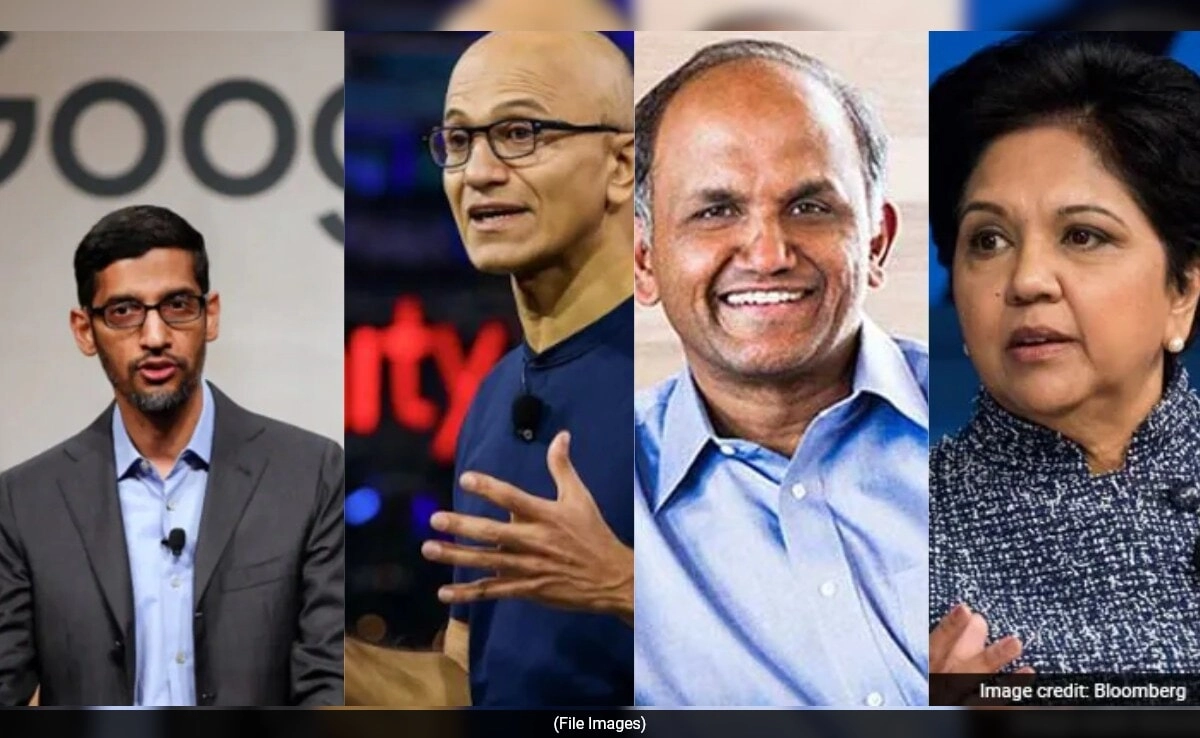During a recent Zoom meeting organized by the UP District to discuss educational initiatives, an unexpected disruption occurred that left participants shocked and bewildered. As educators, administrators, and stakeholders gathered virtually to share insights and strategies for enhancing the learning experience, the meeting was abruptly interrupted by inappropriate content. This incident not only derailed the discussions but also raised significant concerns regarding online security and the vulnerabilities of virtual platforms used for professional gatherings.
The disruption took the form of explicit material that was shared on screen, causing immediate outrage among the attendees. Many participants expressed their disbelief and frustration, as the meeting was intended to be a constructive dialogue about improving educational practices in the district. The incident highlighted the challenges of conducting meetings online, especially in an age where cyber threats and inappropriate content can infiltrate even the most serious of discussions.
In the aftermath of the disruption, district officials emphasized the importance of enhancing security measures for virtual meetings. They urged participants to remain vigilant and utilize features such as password protection and waiting rooms to prevent unauthorized access. Additionally, the incident sparked a broader conversation about the need for digital literacy and training for educators and staff to navigate the complexities of online platforms safely. While the meeting’s agenda was ultimately overshadowed by the disruption, it served as a crucial reminder of the ongoing challenges faced in the digital realm, particularly in the context of education.
Ultimately, the UP District’s experience serves as a cautionary tale for other educational institutions navigating the world of virtual communication. As schools increasingly rely on online platforms to facilitate learning and collaboration, it is essential to prioritize security protocols and foster a culture of awareness among participants. In doing so, districts can create a safer and more productive environment for all involved, ensuring that educational discussions remain focused and free from disruptions.




